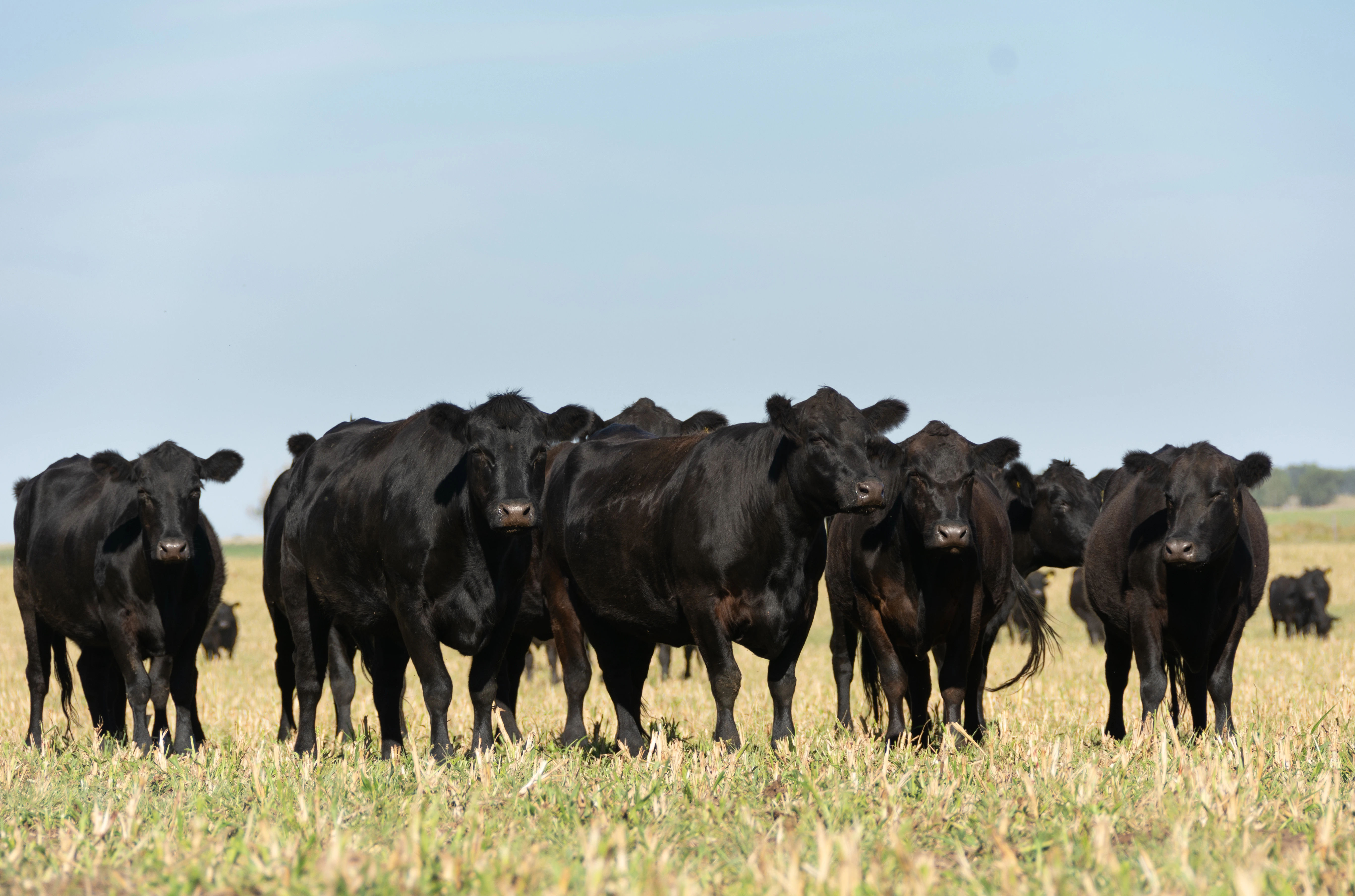
By Greg Goodell, DVM
Dairy producers have been feeding supplemental fat to cows for years. It’s a great energy source. But the type of fatty acids as well as the fat content in byproduct feeds can be highly variable and therefore can be problematic in cows’ diets.
Recent research has repeatedly shown that each individual fatty acid is unique and affects cows differently. We now know that individual fatty acids can affect digestibility, metabolism, energy partitioning and milk production. In addition, cow response varies by stage of lactation, the amount of milk produced and even the amount of forage in the diet. Individual fatty acids have become a tool to fine-tune and tailor rations to improve cow productivity and health. The research has focused on three individual fatty acids: palmitic, stearic and oleic. They are the most abundant fatty acids found in commercial fat supplements and are also the three main fatty acids found in milk fat.
In early-lactation cows supplementing palmitic acid increases milk production, but it also increases body weight loss. However, feeding oleic acid decreases losses in body weight and body condition score and slightly increases dry matter intake. That’s why researchers have been working to find the right blend of fatty acids to improve milk production and minimize body condition losses to help cows successfully transition into lactation. During the first 24 days in milk the blend of 60% palmitic and 30% oleic acids fed at 1.5% of diet dry matter shows promise.
There is also a carryover affect from feeding fatty acids in early lactation. During the next 25 to 63 days in milk, when all cows were fed the same lactation diet, the difference in cow performance continued. Cows that received fatty acid supplementation in early lactation had greater milk yield and greater component yield compared to non-supplemented cows. Milk yield during the carryover period increased by 3.7 to 6.8 lbs/day depending on the blend of palmitic and oleic acid the cows were fed.
Once cows reach mid lactation, their response to fatty acid supplementation changes with their level of milk production. High-producing cows had greater dry matter intake and energy-corrected milk (ECM) when fed a fatty acid blend of 60% palmitic and 30% oleic. But low-producing cows had greater dry matter intake and ECM when fed a blend with more palmitic acid (80:10 blend). And new research with high-producing mid-lactation cows used 10% oleic acid in all fatty acid supplemented diets and then adjusted the ratio of palmitic and stearic acids to find optimal cow performance. Results showed that the blend of 80% palmitic and 10% stearic acid worked best. To learn more see the blog: What is the Best Fatty Acid Blend for Mid-Lactation Cows
Research to find the optimal fatty acid blends for specific cow scenarios is ongoing. But enough is known about the benefits from feeding individual fatty acids that many nutritionists and dairy producers already use them to fine-tune diets to meet the cows’ needs at specific times, for their level of production, and to improve cow health. Similar to how amino acids have replaced crude protein in diet formulation, individual fatty acids can be used to help create precision diets for dairy cows. If you don’t already use specific blends of fatty acids to improve cow performance and health, it’s time to ask your veterinarian or nutritionist about it.








